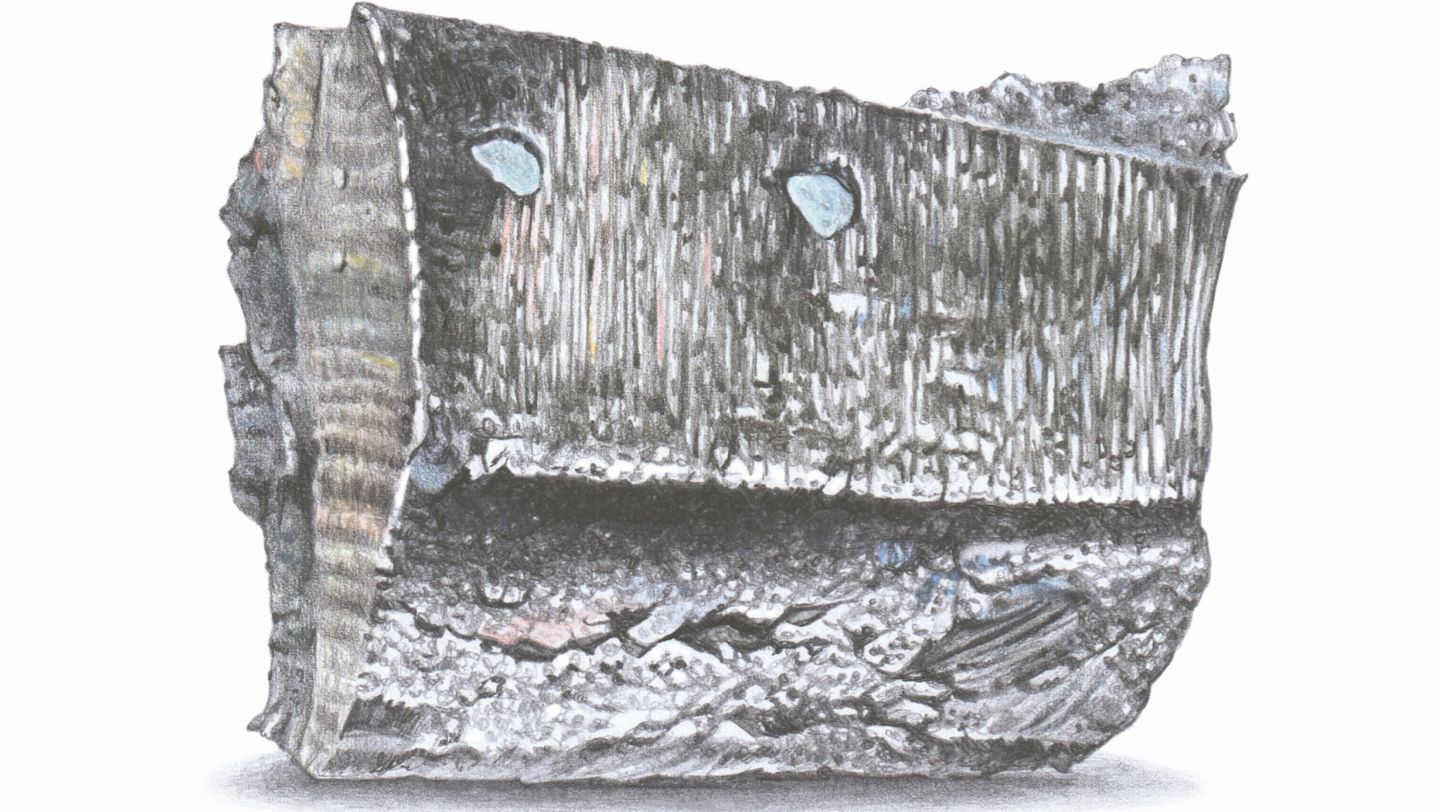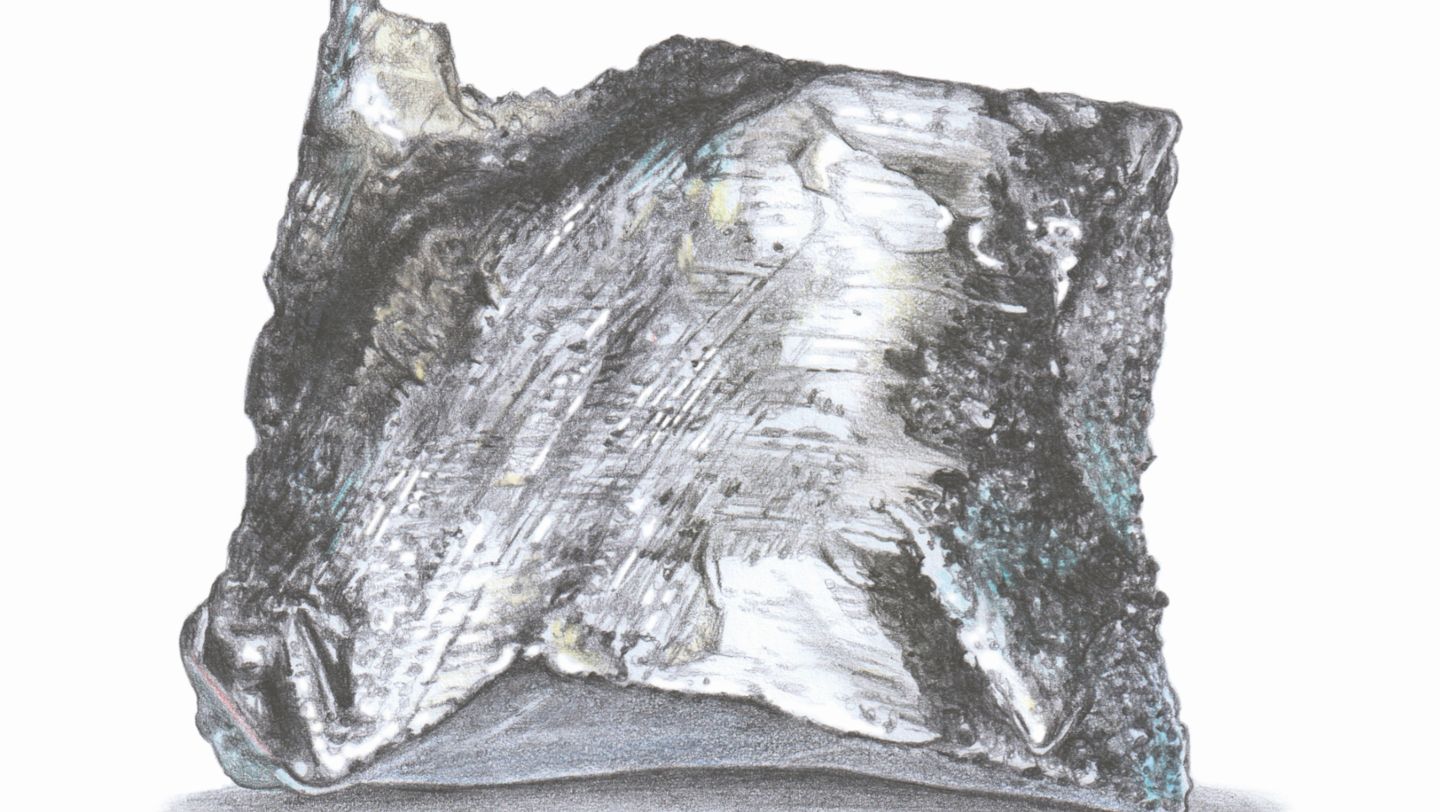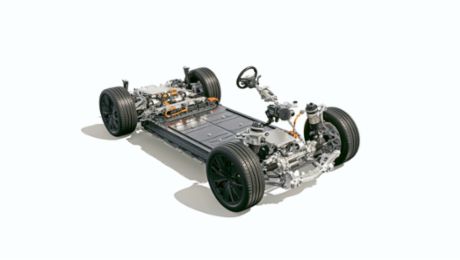When people talk about electromobility, the term ‘rare earths’ often comes up. Chemists use this term to refer to the 17 ‘rare earth metals’ in the periodic table of the elements, for example praseodymium, lanthanum, neodymium, dysprosium, terbium, and lutetium. Some of them play an important role in motors and batteries for electric vehicles. The magnets in electric traction motors, for example, consist of around 30 percent rare earths in addition to iron. Neodymium, in particular, is used for this application, but so are dysprosium and terbium. The greatest advantage they offer is that even small magnets generate strong magnetic fields, which benefits electric drives.
“Thanks to the rare earths in the magnets, permanently energized electric motors attain very high power and torque densities, something that, in turn, increases the efficiency of the entire drive,” reports Dr. Rafał Piotuch, Project Engineer for Electric Motors at Porsche Engineering. “Other magnetic materials such as ferrite do not require rare earths, but they come with their own disadvantages in terms of the weight and installation space of electric motors.” As alternatives to permanently energized electric motors, some electric vehicles use separately energized and asynchronous motors. However, neither achieves the high power density and performance of their counterparts with rare earths in the magnets. This means that neodymium, dysprosium, and terbium are unlikely to be replaced any time soon, especially in sports cars.
The question remains: Are rare earths actually rare? No, they are not—some of them are even more abundant than lead, and in 2021, around 280,000 metric tons of rare earth oxides were produced worldwide. “However, extraction involves a great deal of effort,” explains Matthias Böger, Specialist Engineer Engine Simulation at Porsche Engineering. “They are extracted from ores in a complex process in which the rare earth oxides are separated from the ores and finally converted into pure metals.”
What’s more, deposits are unevenly distributed around the world, so only a few countries have major deposits. Demand for rare earths is expected to rise sharply in the future. For electric traction motors alone, estimates suggest that global demand will increase to twenty times its 2018 level by 2040. Wind turbines are also dependent on these raw materials, and demand in this sector is expected to increase by a factor of almost four over the same period. To ensure long-term security of supply, intensive research is therefore being carried out into processes for recycling neodymium and the like.
Info
Text first published in the Porsche Engineering Magazine, issue 1/2023
Text: Christian Buck
Ilustration: Oriana Fenwick
Copyright: All images, videos and audio files published in this article are subject to copyright. Reproduction in whole or in part is not permitted without the written consent of Dr. Ing. h.c. F. Porsche AG. Please contact newsroom@porsche.com for further information.






.jpg)
